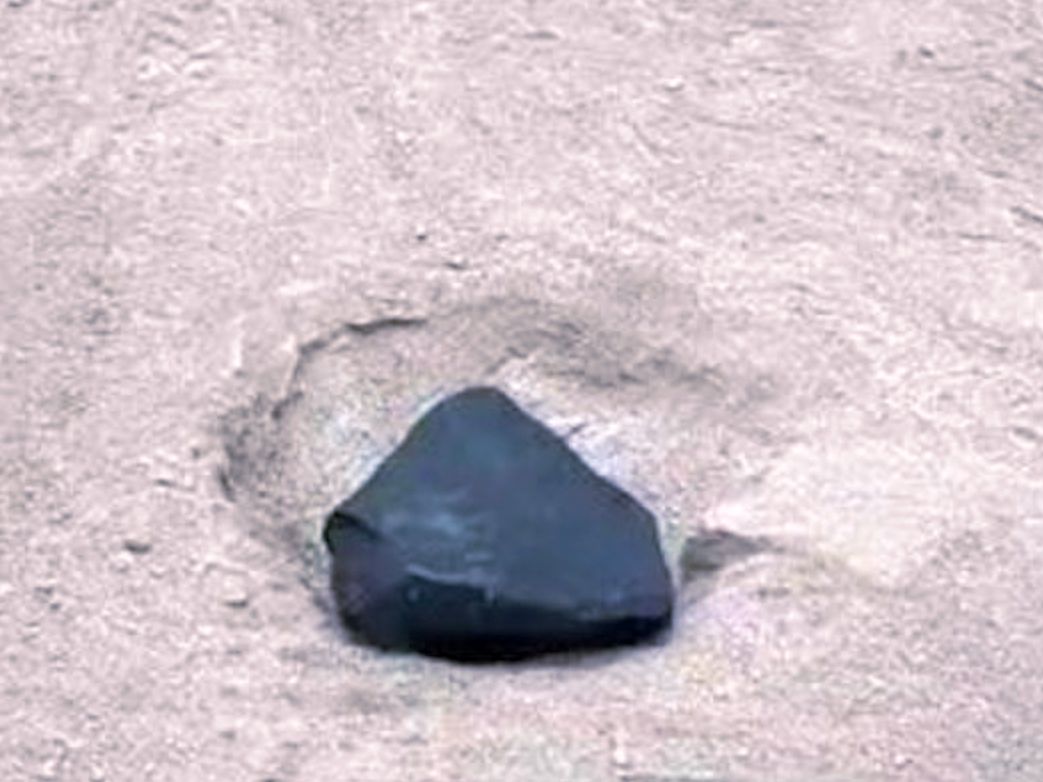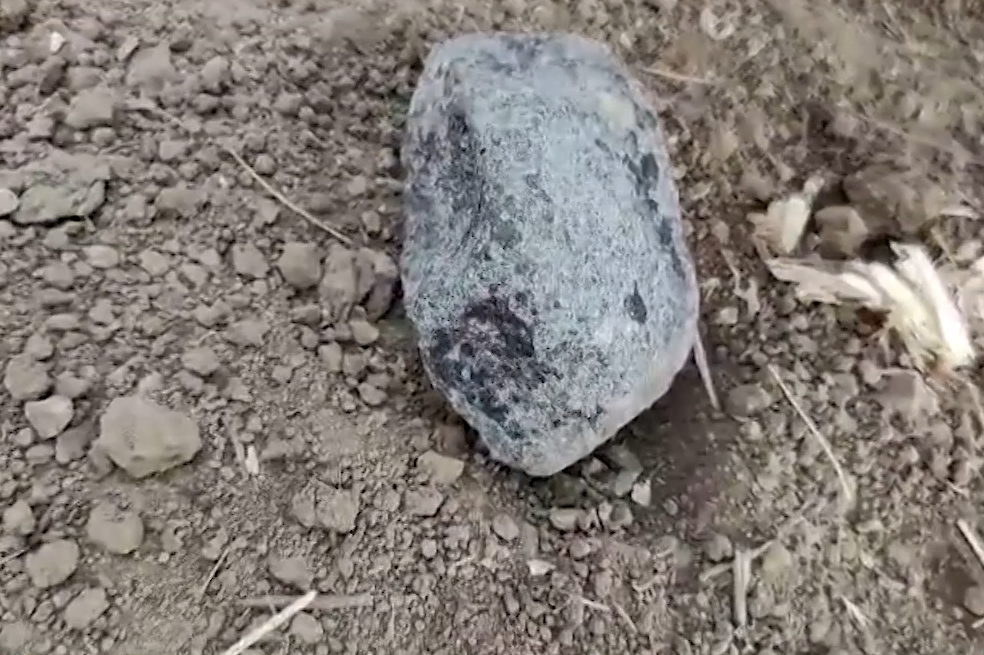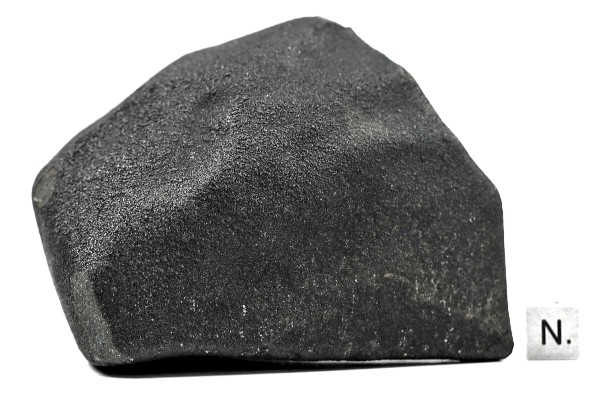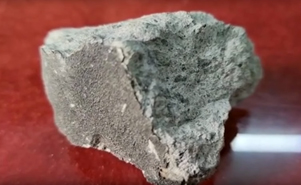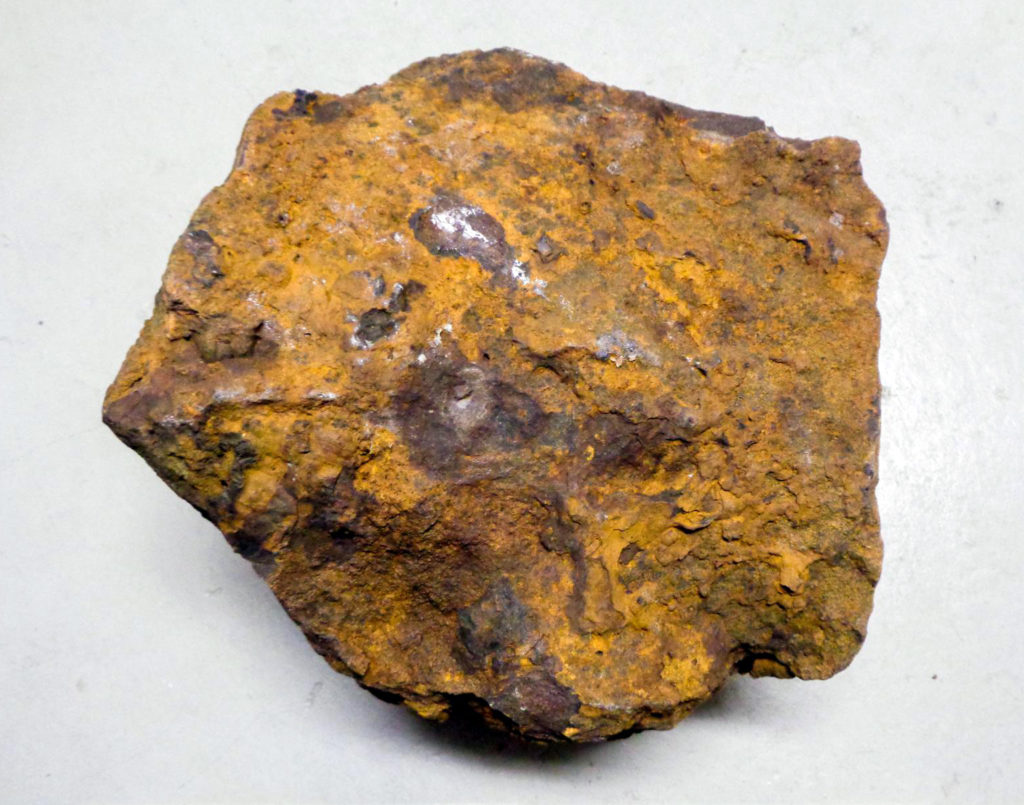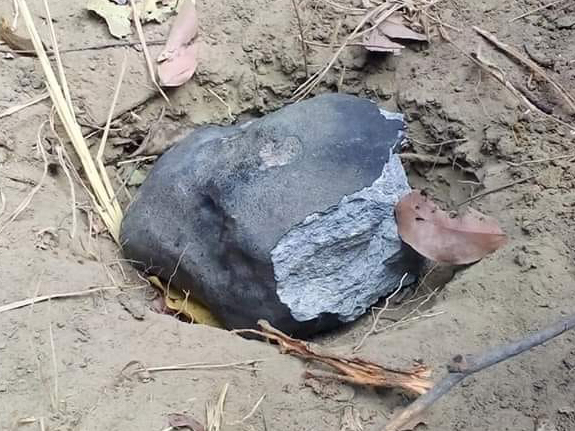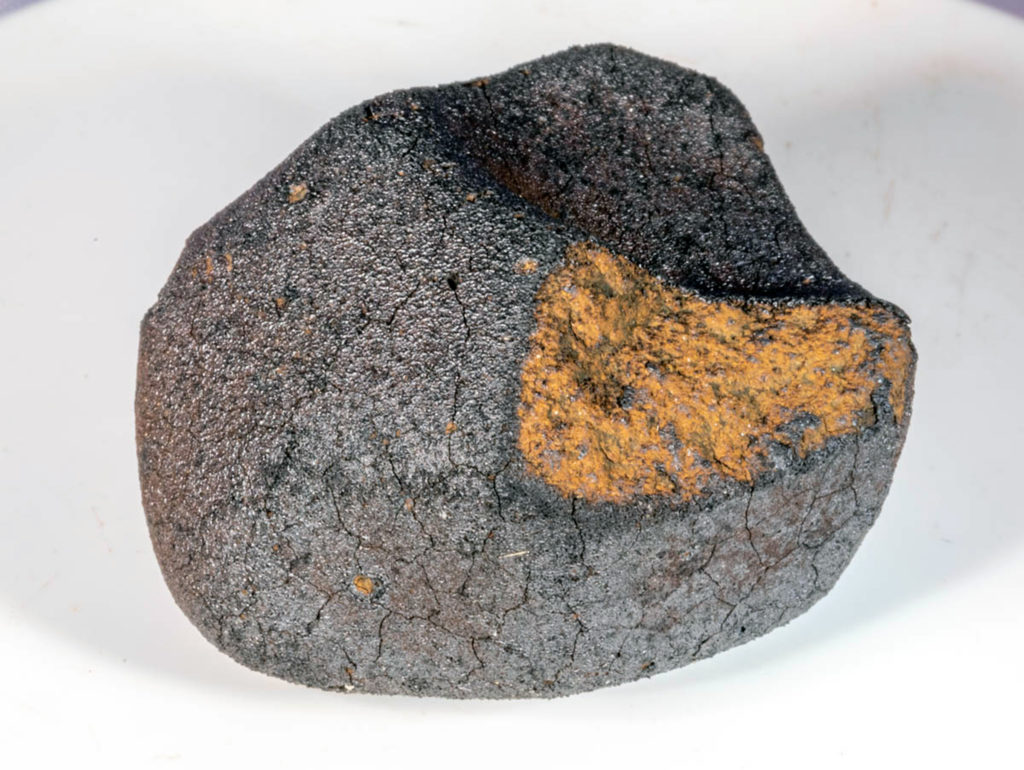Apache Point rapid response characterization of primitive pre-impact detection asteroid 2024 RW1OPEN ACCESS
Carl Ingebretsen, Bryce T. Bolin, Robert Jedicke, Peter Vereš, Christine H. Chen, Carey M. Lisse, Russet McMillan, Torrie Sutherland, Amanda J. Townsend
submitted to ApJL
PDF (OPEN ACCESS)
“Pre-impact detection asteroids (PIDAs) may be detected only a few hours before their impact with Earth, providing a brief opportunity to characterize them before impact. We describe the characterization of PIDA 2024 RW1, which was discovered by the Catalina Sky Survey on 2024 September 4 at 05:43 UTC, before it entered the atmosphere near the northern Philippines at 16:39 UTC. We observed 2024 RW1 with the Astrophysical Research Consortium Telescope Imaging Camera on the Apache Point Astrophysical Research Consortium’s 3.5-m telescope on 2024 September 4 10:16 UTC. We obtained g, r, i, and z photometry of 2024 RW1, yielding color indices of g-r = 0.47±0.04, r-i = 0.13±0.04, i-z = -0.11±0.07, and g-i = 0.60±0.04, corresponding to a spectral slope of 0.67±0.40%/100 nm. The closest match to an asteroid spectral type is with B-type asteroids from the C-complex. We detect variations in the time series photometry of the asteroid with an amplitude of ~0.75, and a double-peaked rotation period of ~1900 s. Assuming a visible albedo of 0.07 and a density of ~1500 kg/m^3, and using the derived absolute magnitude of 32.2±0.5, we calculate that the asteroid has a diameter of 1.8±0.4 m and a total mass of ~5000 kg. The most likely source of 2024 RW1 is the 3:1 mean motion resonance followed by the ν6 resonance, according to NEOMOD3.”

